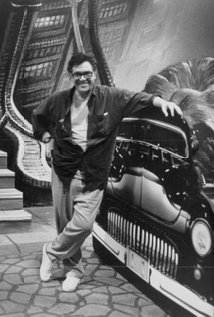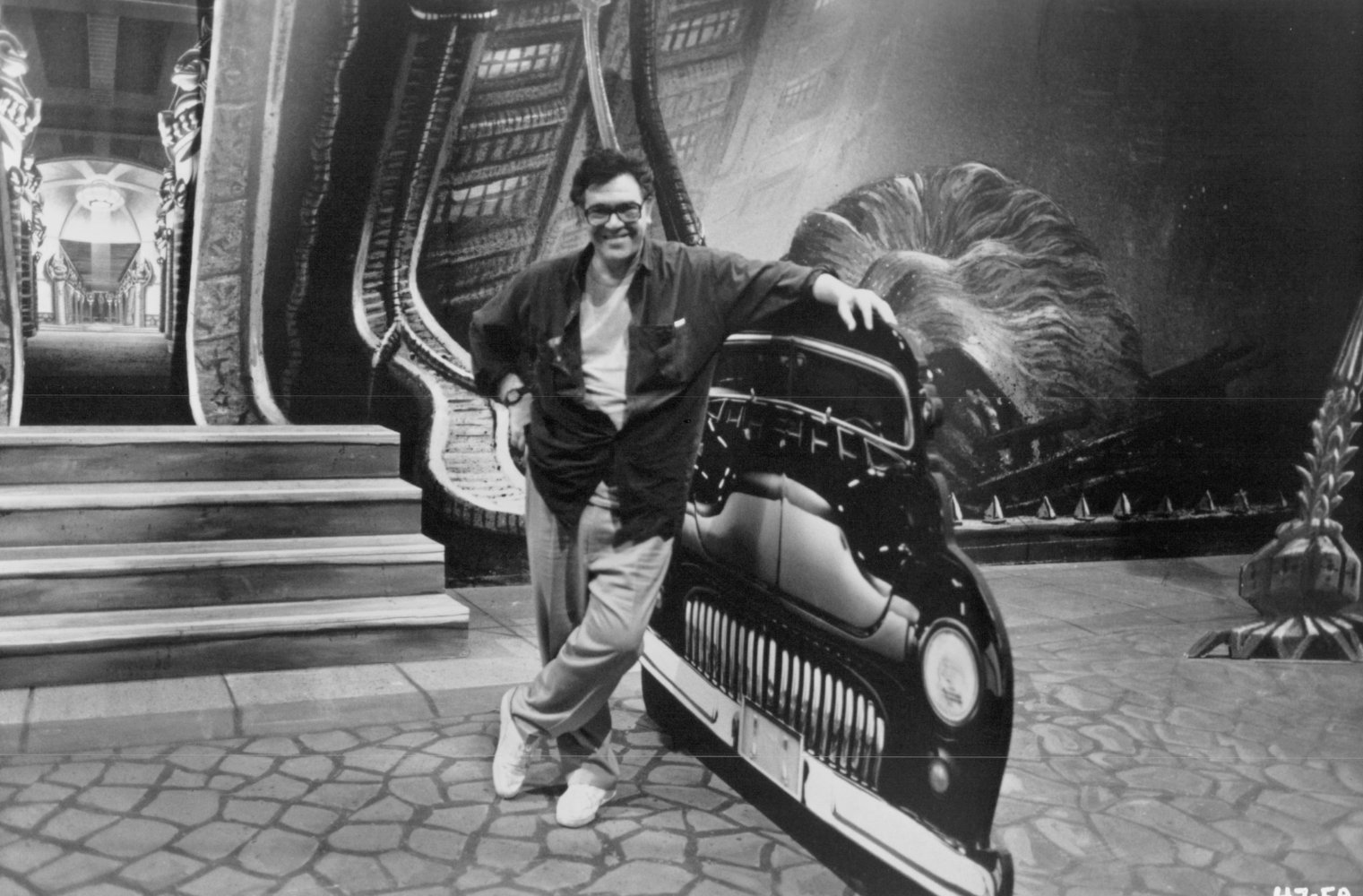Ralph Bakshi worked his way up from Brooklyn and became an animation legend. Born on October 29, 1938, in Haifa, Bakshi grew up in Brownsville after his family came to New York to escape World War II. Bakshi attended the Thomas Jefferson High School and was later transferred to the High School of Industrial Arts and graduated with an award in carto...
Show more »
Ralph Bakshi worked his way up from Brooklyn and became an animation legend. Born on October 29, 1938, in Haifa, Bakshi grew up in Brownsville after his family came to New York to escape World War II. Bakshi attended the Thomas Jefferson High School and was later transferred to the High School of Industrial Arts and graduated with an award in cartooning in 1957.At the Terrytoons studio, he started as a cel polisher then graduated to cel painting. Practicing nights and weekends, he quickly became an inker and then an animator. There, he worked on such shows as Mighty Mouse, Heckle and Jeckle, Deputy Dawg, Foofle and Lariat Sam. At 28 he created and directed a series of superhero spoof cartoons called The Mighty Heroes.In 1967, Bakshi moved to Paramount Studios. Working with producer Steve Krantz, Bakshi worked on episodes of the Spider-Man TV series and several short films. In the 1970s, Bakshi set out to produce films using his innovative vision for how animated films should be. Krantz suggested Robert Crumb's "Fritz the Cat" comic book as Bakshi's first feature. The two set out to meet with Crumb and get the film rights. In 1972, the film premiered and was extremely successful, as the first feature-length animated film to receive an X rating by the American rating system (when it was distributed worldwide, it generally received lower ratings the equivalent of an R rating, and was released as being unrated on DVD).The success of "Fritz the Cat" allowed Bakshi to produce films featuring his own characters and ideas, and so "Heavy Traffic" and "Coonskin" were produced, both of which were extremely controversial, but were praised by critics. During the same period, he shot and completed another feature titled "Hey Good Lookin'" for the Warner Brothers studio, who didn't think that a combination of live-action and animation would sell, and forced Bakshi to go back and animate the live-action sequences.During this period, Bakshi also produced two very successful fantasy films: "Wizards" and part one of an animated film adaptation of J.R.R. Tolkien's "The Lord of the Rings." Although these films were financially successful, they were misunderstood by critics, and United Artists, the studio that produced "The Lord of the Rings" refused to fund the second part, or sequel to Bakshi's ambitious adaptation.During the 1980s, animation went into a decline. "American Pop," done using the same style of realistic animation as "The Lord of the Rings" was not successful financially, and critics did not see the point of the film being animated. The finished version of "Hey Good Lookin'" was released during the same year as "American Pop," but was also unsuccessful financially. Bakshi's last film of the decade, "Fire & Ice," a collaboration with famed artist Frank Frazetta, was a flop.Bakshi produced several television features with mixed results before returning to film with what would eventually become "Cool World" - the script was rewritten several times during production without Bakshi's knowledge until it came to the point where Bakshi did not recognize his own work. The film was critically scorned, and was a box office flop. Fans feel that the film is not a true Bakshi film.Since then, the Internet and DVD releases of Bakshi's work have brought him a new generation of fans and increased interest, encouraging Bakshi to produce another film. "Last Days of Coney Island" is currently in production. Bakshi currently lives in New Mexico. A three-day retrospective was held at American Cinematheque at Grauman's Egyptian Theatre in Hollywood, California and the Aero Theater in Santa Monica, California in April, 2005.
Show less «




